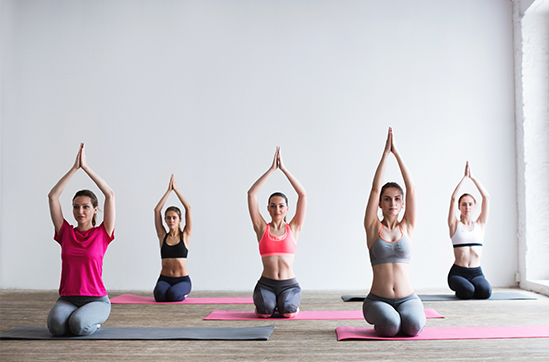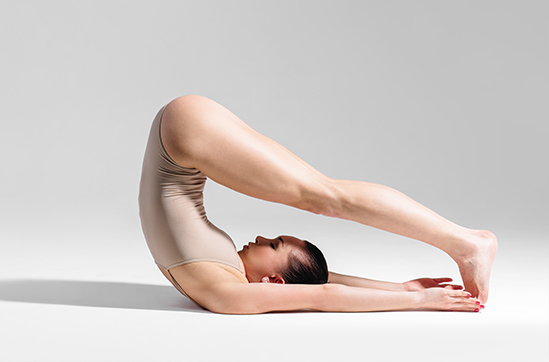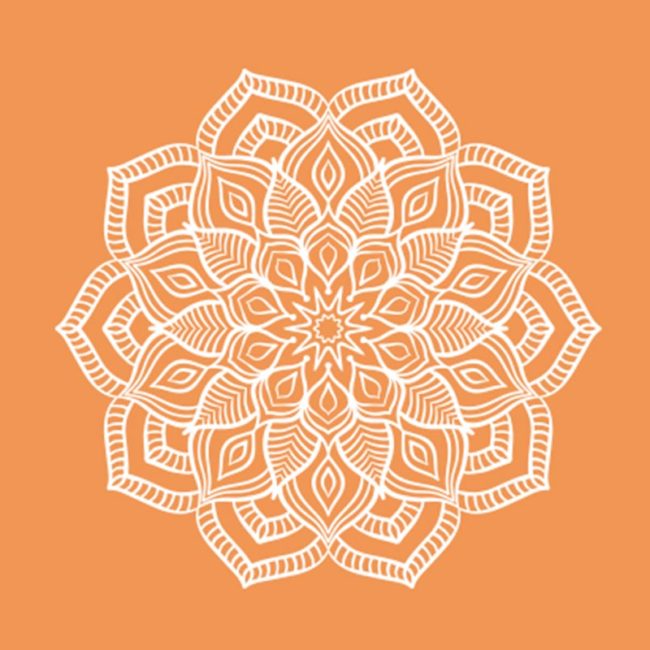
What Is Yoga?
The literal translation of the word “yoga” from Sanskrit (which is recognized as the original language of yoga) is “union”,and that isthe basis for defining yoga as we know it today. We define it as bringing together the mind and the body by use of the breath.
Many people know the physical benefits of yoga and think of it as a workout, but yoga is way more than that. It’s really an entire lifestyle; the postures are only one piece of it.
Yoga began in India and has been around for about 5,000 years, originally it was taught one-on-one and only to men of the highest caste.
Though yoga, traditionally, is a system to foster well-being on the physical, mental, emotional, and spiritual levels, it is not generally thought of as a set of religious beliefs. Yoga can be practiced in a completely secular manner, and it’s practiced by people of all faith traditions, as well as people who are agnostic and atheist.
Yoga is thought to have first come to the United States at the end of the 19th century and beginning of the 20th. In the first half of the 20th century, it was more common for yoga instructors to travel from city to city to teach a yoga class or give a yoga lecture rather than teach in a studio.
Notably, changes in U.S. immigration policy starting in 1965 allowed more South Asian immigrants to come to America (including yogis from India, where the practice was more established). By the 1970s, yoga studios and books could be found more widely across the United States.
Is Yoga Exercise?
Yoga’s origins aren’t rooted in exercise, but some styles have been adapted into workouts that focus very much on the physical parts of the practice. There are different goals that people have coming into yoga, some may do yoga for the contemplative or meditative part of it, and some people might want more of the exercise and activity part.
Anything that elevates our heart rate for a consistent period of time is beneficial to overall fitness. The heart is a muscle and when you challenge it by elevating your heart rate you make it stronger.
Yoga isn’t in the same category of aerobic exercise as running or biking, but the amount of aerobic benefit a person could get from yoga depends a lot on the style and pace of the type of yoga you’re doing.
Yoga can also help build strength, certain positions and poses where a person must hold up part of their body weight will challenge a muscle and make it stronger.
It’s a good way to get your resistance training in, because yoga builds functional strength (using multiple joint and muscle groups together rather than isolating a specific muscle), that’s good because that’s what we do in our daily life.


Health Benefits
The benefits of yoga are different for different people. Overall it has components that can help with flexibility, strength, balance, and stability, and research has shown it can also help with specific measures of health, like eating habits, weight loss and weight loss maintenance, and cardiovascular health.
People who practice yoga, any type of yoga, see improvements across several measures of health, including: weight loss, blood pressure reduction, and lowered LDL (or “bad”) cholesterol. Yoga interventions help middle-aged people with a body mass index (BMI) of 25 or higher lower their blood pressure, and benefits are even greater when the yoga intervention includes breathing techniques and meditation. It has also been found that yoga motivated nearly two-thirds of people to exercise more and 40 percent of people to eat healthier.
There is also evidence that yoga may help people with certain health conditions and chronic diseases manage pain and other symptoms, and with overall quality of life.
Popular Styles of Yoga?
There are about 20 major types of yoga, and certain kinds can appeal to certain individuals. That’s because people often have different goals and reasons for wanting to do yoga. Here a few of those types.
Hatha yoga
Hatha yoga (pronounced HAH-ta yoga; the second “h” is silent) encompasses several types of yoga, including ashtanga, vinyasa, and power yoga. Hatha classes are slower-paced than vinyasa classes, and may not necessarily flow from pose to pose. Poses are typically held for several breaths before another pose begins. What is consistent across different types of hatha yoga is that the physical poses and postures are meant to be linked to your breathing patterns.


Ashtanga yoga
Ashtanga yoga is a physically demanding type of yoga that moves quickly from pose to pose. Unlike flow or vinyasa yoga, there are set sequences that are meant to be performed in a specific order. Ashtanga yoga can be practiced in a teacher-led class or in a Mysore format. Mysore is self-guided with an instructor present but not leading the class. In a Mysore format, students are expected to know the sequence and timing of the poses from memory.
Yin yoga
Yin yogais a style in which there’s no flowing from pose to pose. You stay mostly seated on the ground or lying down on your back or belly. It’s more passive and focuses on stretching, and the poses are held longer than in other types of yoga. This kind of stretching can be good for the joints in a different ways than active stretching.







